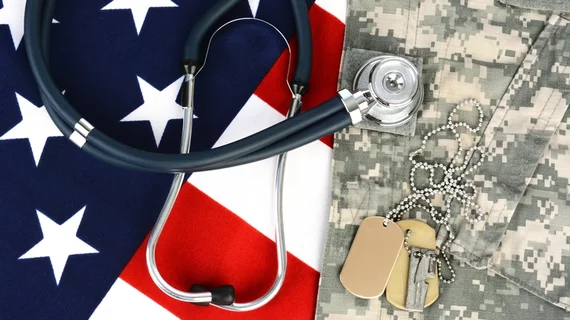Rural veterans less likely to get LDCT lung cancer screenings, prompting doctors to call for change
Military veterans who live in rural areas are less likely to get their annual lung cancer screening exam, according to new research published in the Journal of the American College of Radiology.
It is a well-known fact that detecting cancer in its preliminary stages improves a person’s survival odds. For lung cancer, early detection is achieved with a quick and easy low-dose CT (LDCT) scan of the chest. Doctors maintain that screenings can save lives when repeated annually, especially for those who are at considerable risk.
Despite this, people who live in rural areas face higher lung cancer mortality rates than those in nonrural areas. These disparities are unfortunately compounded for veterans who live in remote areas, the authors noted.
“Veterans face additional barriers to care, such as a limited access to affordable and convenient healthcare, concerns about social exclusion and stigma, and unmet basic needs for self and family, that may prevent them from pursuing health-seeking behavior such as lung cancer screening,” Lucy B. Spalluto, MD, with the Veterans Health Administration in Nashville, Tennesse, and co-authors explained.
To analyze how a veteran’s geographic status affects his or her odds of following routine lung cancer screening guidelines, researchers examined a cohort of 11,402 veterans from 10 different Veterans Affairs medical centers between 2015 and 2019.
Of that group, 2,316 lived in what would be considered a rural area. Both rural and nonrural veterans had low rates for completing their annual repeat lung cancer screenings. But rural vets had the lowest participation rate with only 27.7% completing their exam in the recommended 9 to 15 month window.
The doctors noted that the barriers to care mentioned earlier could be partially to blame for the low repeat screening figures. They pointed to VA-led improvements like transportation services, increasing the number of social workers the administration employs and offering more targeted rural education training. But still, they underscored that more targeted methods are needed.
“Future interventions should specifically focus on gathering data on barriers to lung cancer screening for Veterans through the collection of qualitative data and developing strategies to increase rural Veterans’ uptake of initial and annual repeat lung cancer screening,” the doctors suggested.

